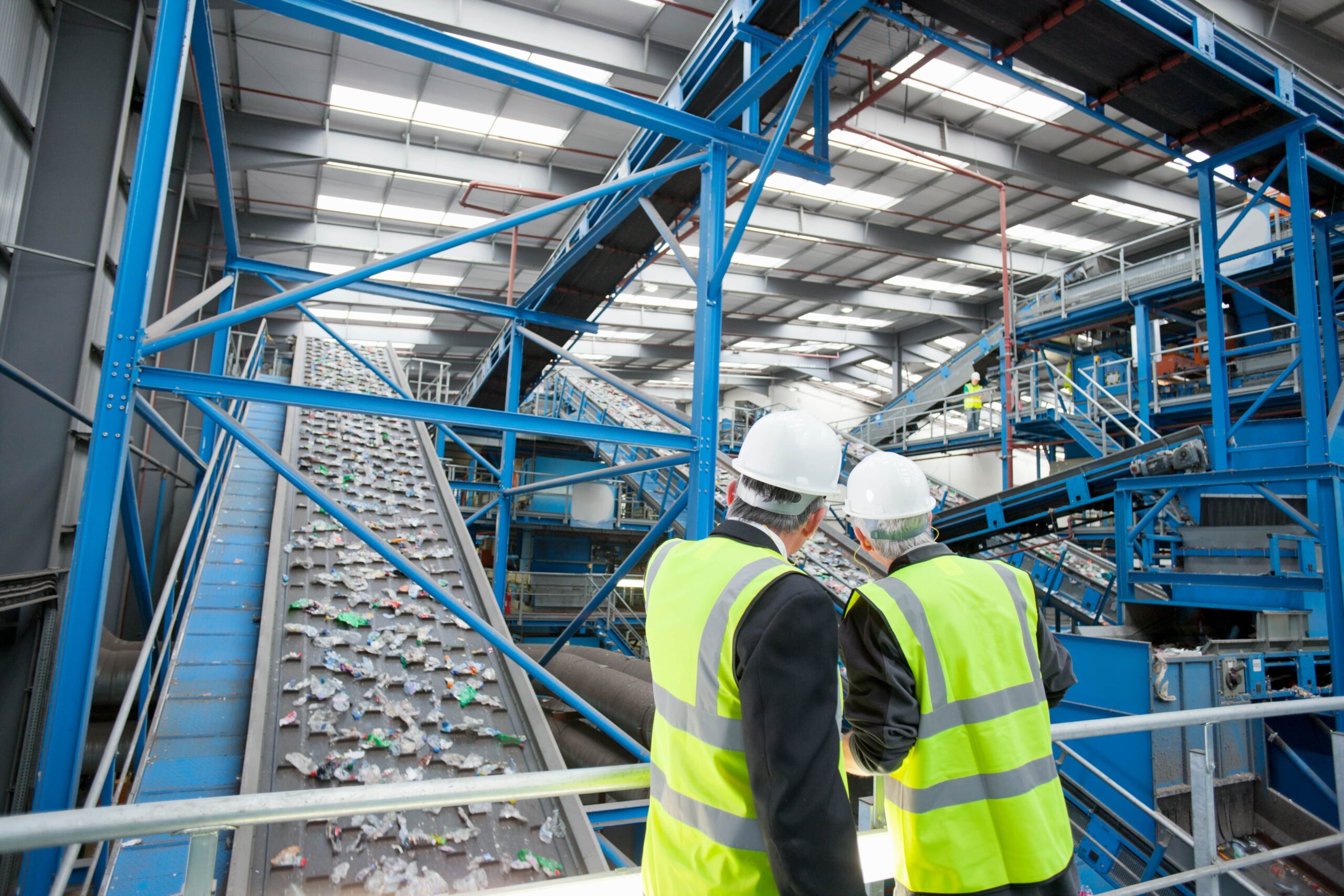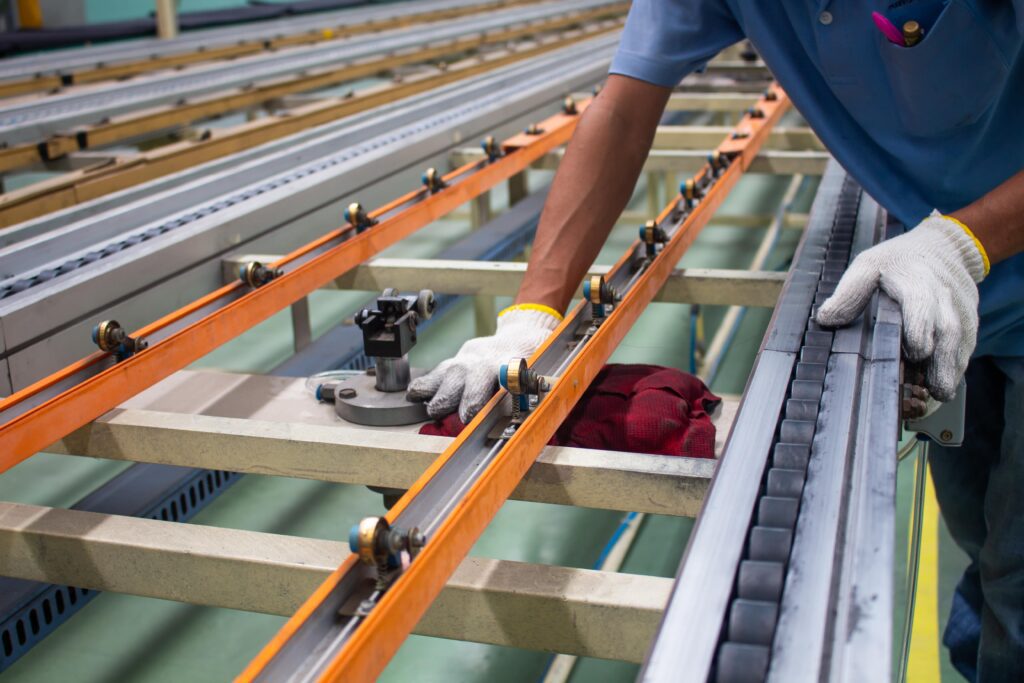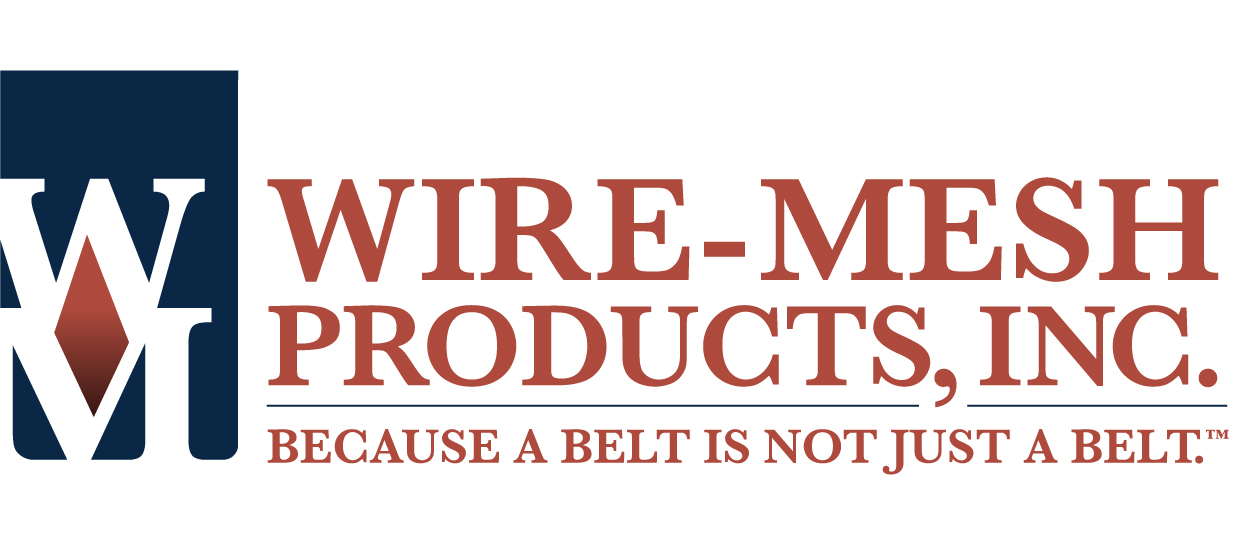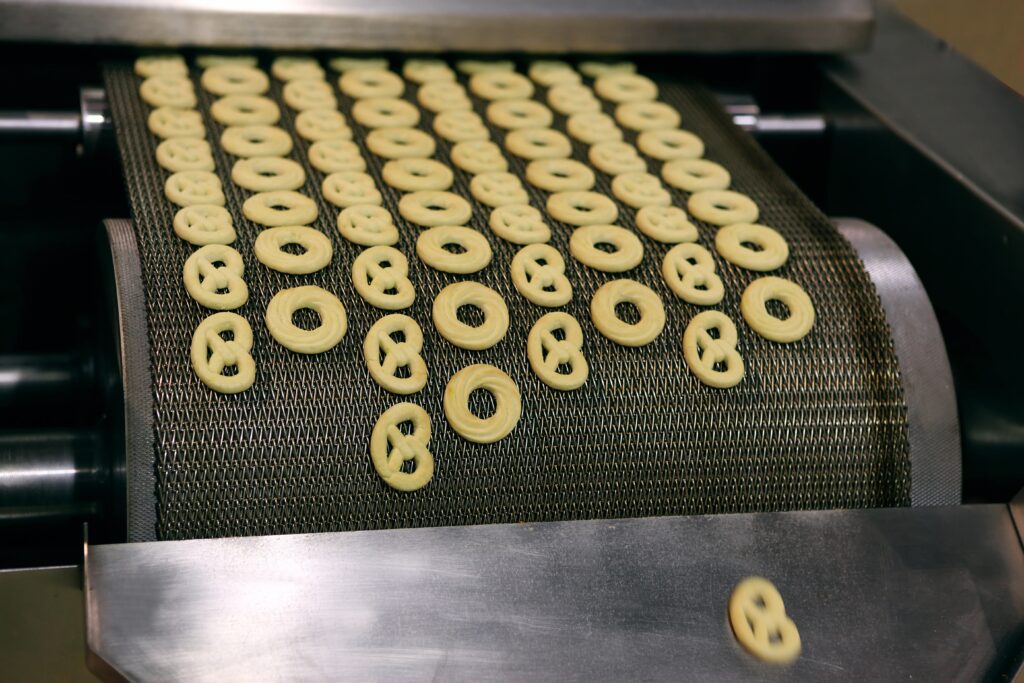
Your business depends on having a high-functioning conveyor belt. But what happens when your belt fails earlier than you expected?
Read our blog to learn about the importance of conveyor belt life and how you can prevent premature belt damage.
Why Is Understanding Your Conveyor Belt Life Important?
Conveyor belt quality plays a critical role in the success of your business. Without a functional belt, you’re unable to manufacture the products your customers want and need. Having a comprehensive understanding of conveyor belt life is beneficial for 2 main reasons: life cycle costs and planning.
Life Cycle Costs
Life cycle costing is the process of estimating how much money you’re likely to spend on an asset, or product, over the course of its useful life.
This is a valuable practice because it provides you with a clearer picture of your current and future costs. There are 2 types of costs you should consider when estimating the life cycle of your belt.
- Direct cost. Knowing the direct cost is essential in determining the annual cost of the belt itself. For example, if your belt lasts 6 months at $10,000/each, your annual belt cost is $20,000/year.
- Indirect costs. These costs include the costs that are not directly accountable to the cost of an object. For example, when you spend time to shorten, track, remove, and (re)install a belt. The costs of manpower missed opportunities, and loss of production are all indirect costs as well.
Planning Purposes
Without proper planning, your business is at a greater risk of production loss. There’s a variety of production issues that can go wrong, all of which will result in a devastating cost to your operation. Some of these problems include:
- Belts that cannot be installed or delivered in the time that you need them.
- Supply chain disruptions may leave your business without a belt.
- Some belts take longer to make because they require materials or components that may not be readily available.
Knowing your conveyor belt’s life expectancy will prepare you for challenges or obstacles that may occur down the road, which could save you time and money.
Conveyor Belt Life Expectancy
The average life of a conveyor belt can vary greatly depending on a few major factors:
- Industry
- Actual operating parameters of the oven/furnace
- Age of the oven/furnace
- Experience of the maintenance personnel
All of these factors contribute to how long or short your conveyor belt will last. For example, certain high-temperature belts will only last 4 weeks, while others will run for an entire year. In the same respect, some food processing belts last 3 months, like sheeter belts for tortilla lines. However, pretzel belts may last up to 3 years, and fryer chain conveyor belts can continue working for up to 5 years. Finally, low-temperature belts can last 10+ years.
7 Causes Of Conveyor Belt Failure
The causes of conveyor belt failure can also vary widely depending on the belt itself. In this section, we’ll cover the main reasons businesses experience conveyor belt damage or failure.
1. High-Temperature
Heat is one of the main and most unforgiving culprits of conveyor belt damage. High-temperature environments lead to excessive belt stretch, ultimately shortening the belt’s life span.
2. Heavy Product Loading
Conveyor belts used to move heavy, bulky materials also undergo a great deal of stress. Larger materials or products can damage a belt, causing increased conveyor belt tension, stretching, and disfiguration. This is magnified as oven temperature increases, especially over 1000 °F.
3. Low Dew Point
The operation of your conveyor belt can be significantly affected by the operating temperature and humidity. The dew point refers to the temperature at which water vapor in an air system turns into liquid.
Low dew points, and/or extreme variations in temperature, can negatively impact the life of your belt. Common issues include embrittlement, loss of strength, and mechanical fractures.
4. Build Up On The Furnace Floor
When materials accumulate on the furnace floor, the smooth operation of your conveyor belt becomes compromised. If the belt is running against or over the build-up, it could damage itself or become misaligned.
5. Belt Mistracking
Oftentimes, conveyor belt wear and tear is the result of belt mistracking. This occurs when your belt slips to either side or the entire system becomes misaligned. Unfortunately, there’s a variety of reasons belt mistracking occurs:
- If the belt itself is poorly made.
- If a roller becomes damaged or misaligned.
- If there is uneven loading.
- If there is overcompensation when attempting to track.
- If the tracking mechanisms have been poorly installed, or not installed altogether.
6. Excessive Belt Wear
The aging of oven/furnace components, among other things, can cause excessive belt wear. A worn-out conveyor belt poses numerous problems for your business, hurting productivity and overall function.
7. Incorrect Belt
It may seem obvious, but installing the incorrect belt is another main cause of premature failure. This can happen if a belt is improperly engineered, or if parameters have changed. It’s imperative that you get a belt that fits the needs of your operation.
Conveyor Belt Best Practices
When it comes to extending conveyor belt life, there are a few best practices you can follow. These will not only prepare you for installing or purchasing new belts but also avoid surprise issues that may slow down production. Continue reading to learn what types of practices we recommend.
Review & Double-Check
Review all operating parameters to ensure the proper belt is used for the existing furnace or oven. This should also be done when choosing a belt for a new furnace or oven.
When new belts are being installed, double-check the tensioning, tracking, and alignment systems. You want to be confident in your belt before any operations begin.
Look For Signs Of Belt Damage
You can’t be everywhere at once, and a problem is more likely to be noticed when multiple people are on the lookout.
Train technicians and other team members to recognize conveyor belt damage. This will give you an advantage and an opportunity to address the problem before it’s too late.
This is also helpful when a belt is removed from service. Looking for root causes of belt stretch, deformation, and/or damage can help you avoid hurting your operation in the future. If you notice an issue in an old conveyor belt, consider a few basic questions:
- Is this problem new, or is a negative trend beginning to develop?
- Are there specific areas for maintenance to look at, or should you upgrade the belt design/alloy?

In the end, conveyor belt failure can cost companies a lot of valuable time and money. Choosing a high-quality belt that fits your needs will greatly improve the chances of a long life expectancy.
See how we can meet your unique conveyor belt repair and maintenance needs. Contact our team for a quote today.




